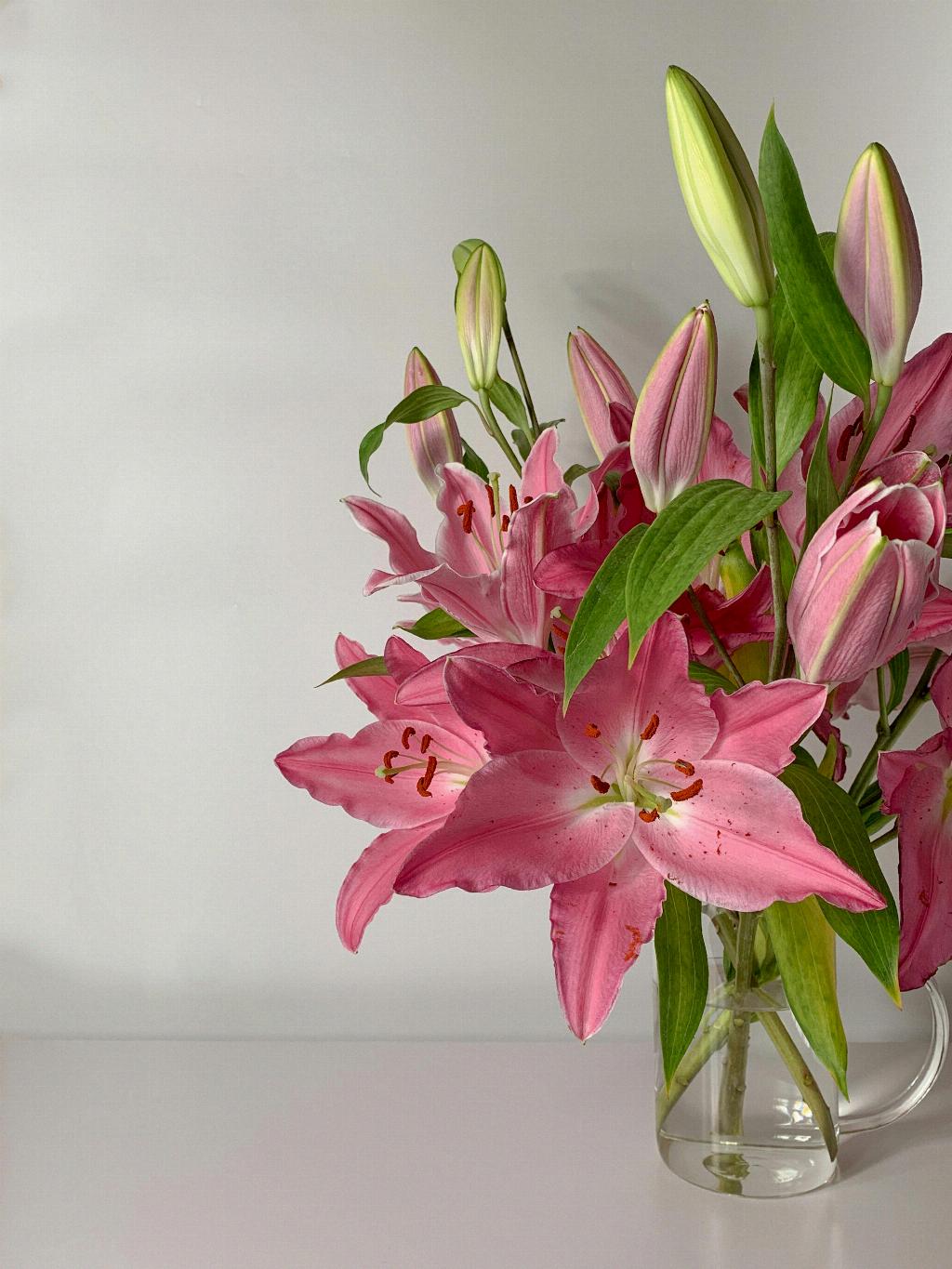When you notice that the leaves of your lilies are turning brown, it can be quite concerning. Brown leaves indicate that something may be amiss with your plant’s health. One of the most common reasons for this issue is overwatering. While it is true that lilies need to be watered regularly, overwatering can lead to root rot, which in turn causes the leaves to turn brown.
Signs of Overwatering
Overwatering can present itself in various ways. If you notice that the soil is constantly wet or waterlogged, this could be a sign that you are watering your lilies too much. Brown spots on the leaves, yellowing foliage, and wilting can also be indicators of overwatering. It is essential to strike a balance when it comes to watering your lilies to maintain their health.
Preventing Overwatering
To prevent overwatering your lilies, it is crucial to let the soil dry out slightly between waterings. Make sure that the pot has proper drainage to allow excess water to escape. Water your lilies when the top inch of soil feels dry to the touch. By following a consistent watering schedule and ensuring good drainage, you can help prevent brown leaves caused by overwatering.
Other Potential Causes of Brown Leaves
While overwatering is a common culprit, there are other factors that can cause lily leaves to turn brown. Exposure to direct sunlight for extended periods can lead to sunburn, resulting in brown patches on the leaves. Additionally, underwatering, low humidity levels, and nutrient deficiencies can also contribute to browning foliage.
Addressing Sunburn
If your lilies are experiencing sunburn, it is essential to provide them with some relief from direct sunlight. Move the plant to a location with filtered light or where it receives protection from intense sun exposure. This step can help prevent further browning of the leaves and promote overall plant health.
Ensuring Proper Humidity Levels
Lilies thrive in environments with moderate to high humidity levels. Low humidity can cause the leaves to dry out and turn brown. To increase humidity around your lily plant, you can place a humidifier nearby, mist the leaves with water, or set the pot on a tray filled with pebbles and water. Maintaining adequate moisture levels can prevent brown leaves due to low humidity.
Addressing Nutrient Deficiencies
Nutrient deficiencies, particularly in essential minerals like nitrogen, phosphorus, and potassium, can manifest as browning leaves. To address this issue, consider fertilizing your lilies with a balanced fertilizer formulated for flowering plants. Follow the recommended dosage on the fertilizer package to provide your lilies with the nutrients they need to thrive.
Monitoring Soil Quality
Checking the quality of the soil in which your lilies are planted is crucial for their health. Ensure that the soil is well-draining and rich in organic matter to promote healthy growth. Periodically inspect the soil for compactness, and consider repotting your lilies if the soil has become too dense or waterlogged. Healthy soil provides a solid foundation for healthy lily plants.
Recognizing Pest Infestations
Pests such as spider mites, aphids, and mealybugs can also contribute to browning leaves on lily plants. Inspect the leaves and stems of your lilies for any signs of pest infestations, such as webbing, sticky residue, or visible insects. If pests are present, treat your lilies with an appropriate insecticidal soap or pesticide to eliminate the infestation and prevent further damage.
Considering Environmental Factors
Environmental factors such as temperature extremes, drafts, and sudden changes in conditions can stress lily plants, leading to browning leaves. Ensure that your lilies are placed in a location with stable temperatures and protected from drafts. Avoid placing them near heaters, air conditioners, or vents that can cause fluctuations in temperature and humidity.
Practicing Regular Maintenance
To keep your lilies healthy and vibrant, it is essential to practice regular maintenance. This includes removing dead or yellowing leaves, pruning spent flowers, and inspecting the plant for signs of stress or disease. By staying proactive with your lily care routine, you can address issues promptly and help prevent brown leaves from occurring.
Seeking Professional Advice
If despite your efforts, your lily plants continue to develop brown leaves, it may be beneficial to seek professional advice. A knowledgeable gardener, horticulturist, or local plant nursery expert can provide insight into potential issues specific to lily care and offer tailored solutions to help restore your plants to health. Don’t hesitate to reach out for assistance in maintaining the beauty of your lilies.

